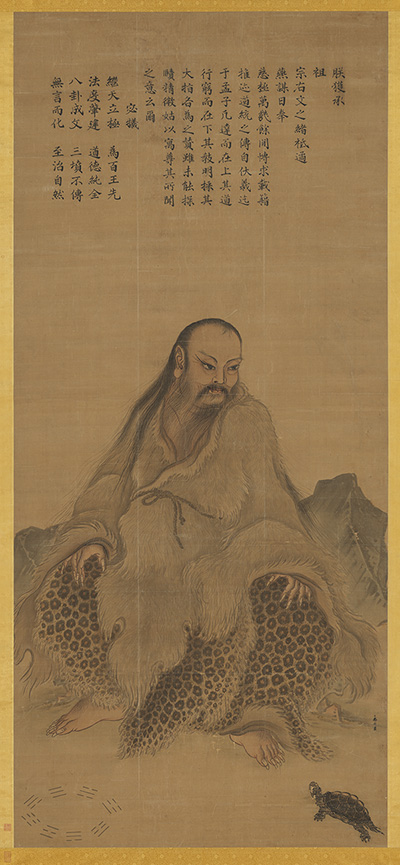

The painting Fuxi Huaxiang ("a portrait of Fuxi") by Ma Lin from the Song Dynasty (960-1279).[Photo provided to China Daily]
Peking University economist Justin Lin Yifu comments that the book is an excellent work for understanding Chinese philosophy and culture, akin to appreciating elegant melodies at a concert.
Through their encounters with historical artifacts, readers can sense the flickering stories of seeking enlightenment and touch the faded yet once vibrant realms of thought, Lin writes.
"After reading this book, I believe every reader, like myself, will be deeply moved once again by the profound history and culture of our great motherland, and an innate sense of cultural pride and confidence will naturally emerge," he writes.
"Cultural relics are not lifeless 'objects'," Zhang writes in the book. "They are expressions of the thoughts, beliefs, and intentions of the people who once lived. Akin to amber, they solidify the perceptions of our ancestors regarding the universe, the world, others and oneself. The DNA of Chinese civilization and culture is hidden within these ambers."
In the front part of the book, the cultural relics include bronzeware and lacquer works, as well as various artifacts made from different materials and forms, while the latter part predominantly focuses on paintings.
Zhang explains that it is because the language and writing gradually became refined enough to express abstract and metaphysical philosophical ideas, making philosophical thoughts increasingly reliant on words for expression, but words were still limited in fully conveying all thoughts and emotions, necessitating the use of art.
One feature of the book is that the presentation does not rigidly adhere to the chronological appearance of ideas. Instead, it revolves around the historical moments when ideas became popular, influential notions, beliefs, attitudes and values.